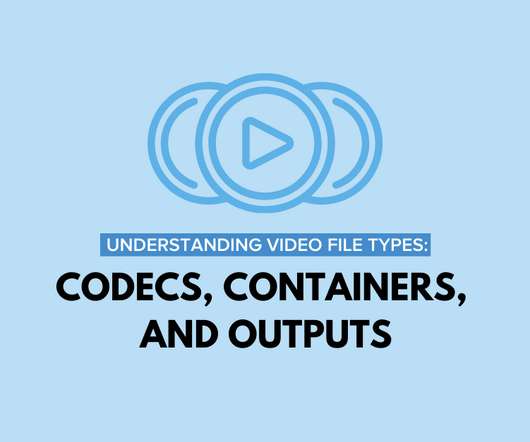Expectations From eLearning Authoring Tools
Upside Learning
JUNE 30, 2010
Should be able to import external Flash SWF as well as audio and video in variety of popular formats. Localization processes using the tool should be easy and fast. Should be able to import/export content (like PPT, DOC, or simple HTML), and allow for edits after import. Standard and customizable compliance. 2004, AICC).









































Let's personalize your content